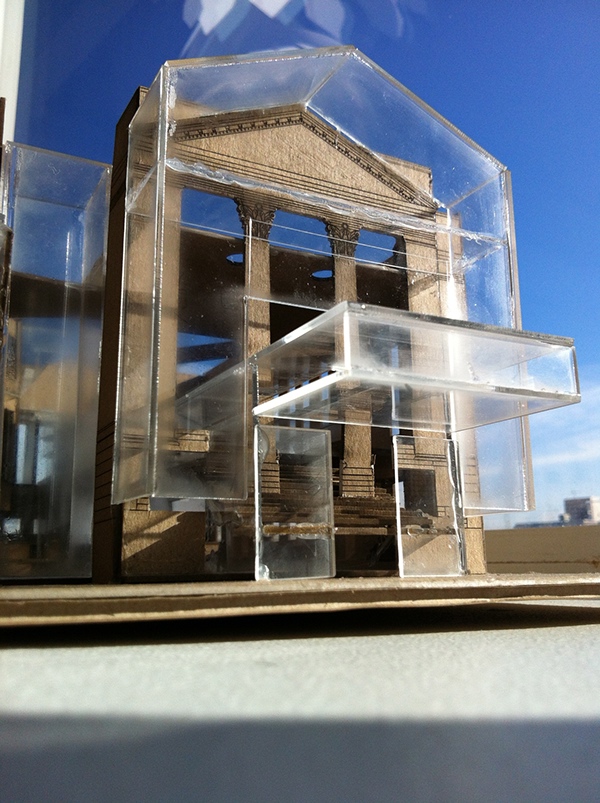Are the categories we use while talking about textual reuse fit also for reuse in art?
For the first conference of the EAAA, I hosted with Cristina Bignami and Julia Hegewald a panel on Reuse in art. In my paper, I started with the attempt to see whether the categories I had been elaborating for the analysis of textual reuse would have worked also in the case of artistic reuse. These are:
- continuous grey-scale between simple re-use and adaptive reuse

Simple re-use is the kind of reuse which is only determined by economic and pragmatic reasons, say, when I buy a used car because it is the cheapest available option. In simple re-use, the artist does not want the audience to recognise the reused elements as such and the fact that they are reused is not an explicit assett of the new composition. Adaptive reuse, by contrast, implies an explicit underlining of the reused element. The artist wants the audience to recognise what is happening and the fact that the element has been reused is part of the value of the new composition. Once again, the two are not aut-aut alternatives, but rather two extremes of a grey-scale.
simple re-use: pieces of Roman columns reassembled in early Christian buildings
adaptive reuse: an abandoned synagogue converted into a “food theater”, project by Diandian Ding.

I would have thought that the application of these categories to art would have been not controversial, given that Philipp Maas and I started using the term “adaptive reuse” after having read about it in texts about architecture (see for instance the work by Bie Plevoets, here). However, Julia A.B. Hegewald had already adopted a different terminology in her studies on re(-)use, starting from this one, distinguishing rather between:
- recycling (when the row materials only are re-used, e.g., while melting a statue)
- conventional re-use (when the purpose is not changed, e.g., a temple is re-used again as temple)
- new life re-use (when the purpose is changed, i.e., a water tank is re-used as prison)
In my categories, I just did not take into account “recycling”, if this is limited to cases in which the original material is not recognised at all (e.g., by melting down a statue in order to use the metal for weapons). If it includes cases such as the reusal of columns (see image above), I would not label it “recycling” because the possibility that it is later reinterpreted as “adaptive reuse” by a different audience is open.
UPDATE: Vitus’ comment below makes me think that we could abandon the ambiguous term “recycling” and use instead “downcycling” for the case of melting statues to gain raw metal.
“New life re-use” seems quite close to what I call “adaptive reuse”.
“Conventional re-use”, by contrast, is not exactly tantamount to simple re-use, since the former points to the continuity of the purpose, whereas the latter to the awareness of artist and audience.
Comments on these and other terminological proposals are welcome. I will come back to the topic in a future post.
For more on simple re-use vs. adaptive reuse you can read my Introduction to a panel I co-hosted together with Philipp Maas, here, or click “reuse” in the category list on this blog.

Maybe these subcategories of recycling – upcycling and downcycling – might be of interest here as well (https://en.wikipedia.org/wiki/Upcycling). On the other hand, those are mostly about value which mit not be useful.
It is interesting, I think, insofar as “upcycling” has already been used in the field of art and “downcycling” (a term I did not know before) could help in avoiding the ambiguity of “recycling”.